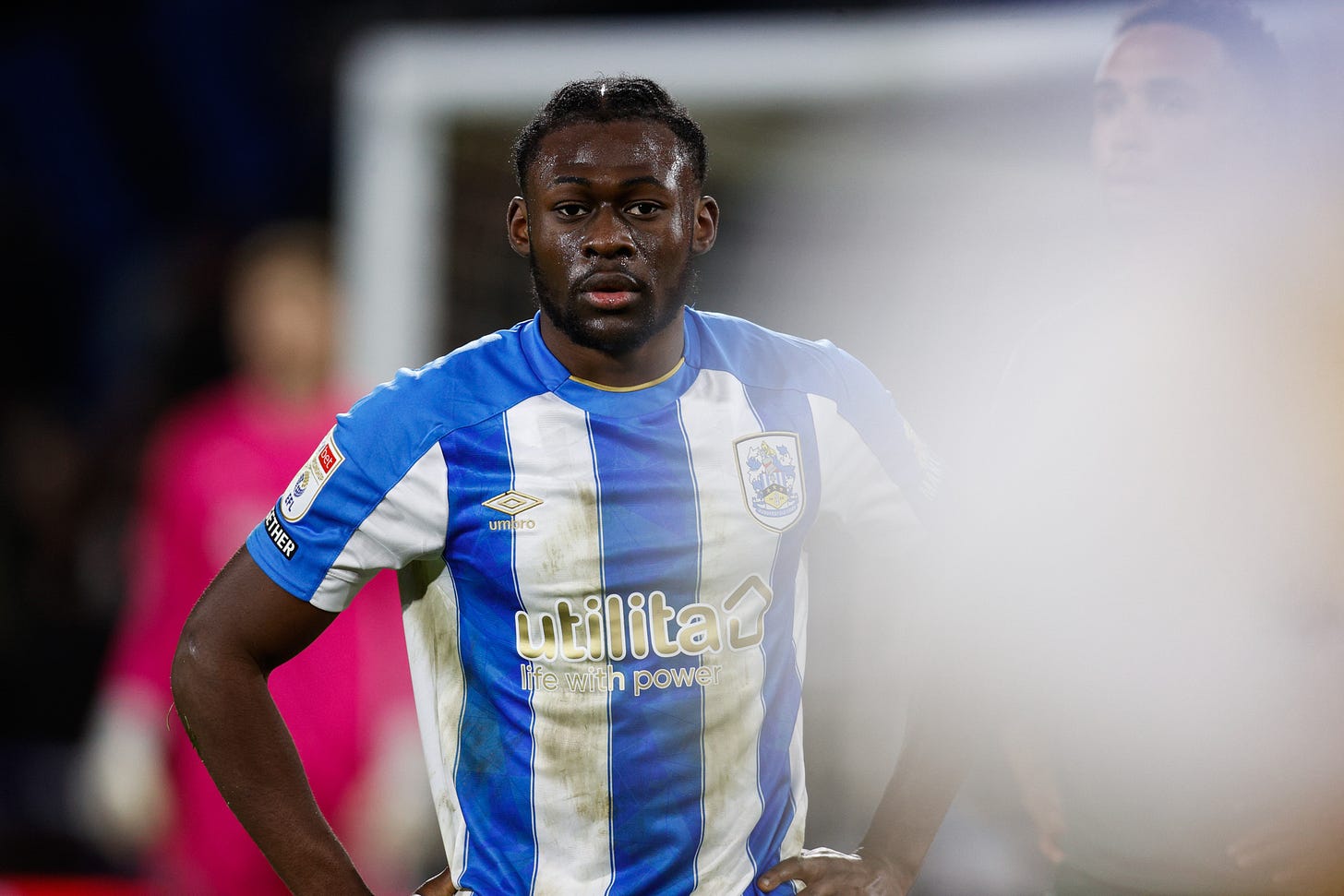Why Huddersfield Town struggle with the ball and how to fix it
The Terriers looked laboured in their 1-1 draw with Plymouth - let's examine why
You didn’t need to have a particularly forensic eye to see that Huddersfield Town struggled to use the ball effectively against Plymouth.
Darren Moore has overseen a shift to a more possession-based style of play, with the past seven league games showing a significant change in their work on the ball. The 62.2% possession they held at the John Smith’s Stadium on Saturday represented the most ball-time they’ve had since Danny Schofield’s side lost at home to Blackpool in September 2022.
Unfortunately, this has yet to translate into any improvement in results, leaving Town just four points off the bottom three and causing a foul mood among those in the stands — including chairman Kevin Nagle.
Let’s take a closer look at what went wrong.
Midfield struggles
We paid particular attention to Jonathan Hogg’s passing network to see if our initial reading of the game was correct: the captain had been ineffective in the role you’d expect the defensive midfielder to do, namely acting as a fulcrum between the defence and the attack.
A clear difference between the two halves emerged once we got it all into a spreadsheet. In the first half, Hogg attempted plenty of forward balls trying to find his midfield colleagues, the wing-backs or the two nominal centre-forwards – but he barely received any passes from the centre-backs to allow him to do more of that.
Instructions were clearly given to the centre-backs at the break to make more use of Hogg, who received more passes from the defence in the first ten minutes of the second half than he had in the entire first half.
More than half the time, though, the ball ended up going back to another defender. That’s not necessarily an issue in itself: backwards passes can be effective in drawing the opposition forward and creating space in between the lines. The issue is that Plymouth were largely uninterested in pressing, instead setting up their midfield barely any higher than the halfway line to leave the centre of the park congested.
That left Town clueless as to how to respond, usually resorting either to yet more lateral and backwards passing or speculative balls over the top. With no aerial presence to aim for up front, that usually meant giving David Kasumu balls to chase up the right – and of course, he’s not a natural winger, so his effectiveness was limited.
This is also why we saw Jack Rudoni peeling out towards the left as often as he did: it was only by moving into those channels that he was able to get away from the busy areas of the pitch to make himself available. But of course, with Rudoni out wide and two out-of-position wingers trying to do much the same thing, Town were left short of men in the box on the occasions they did get up the pitch.
Keep reading with a 7-day free trial
Subscribe to We Are Terriers to keep reading this post and get 7 days of free access to the full post archives.





